

The Japanese Tea Ceremony, or ‘chanoyu’ in Japanese, is a cultural tradition transcending time. It embodies a harmonious blend of aesthetics, spirituality, and mindfulness.
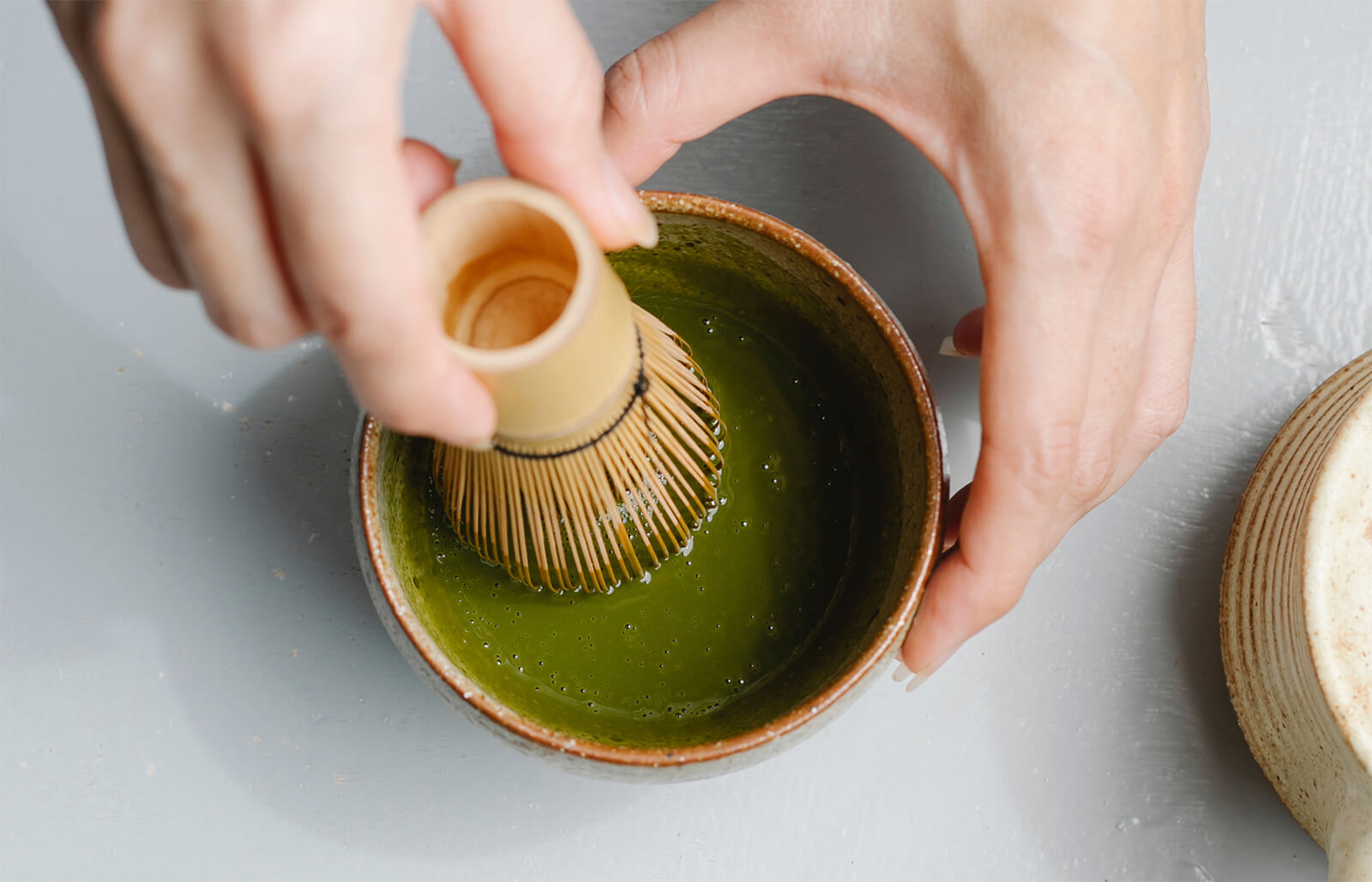
Originating in Japan, this ancient practice has transformed into a ceremonial art, embodying simplicity and calmness.
This article will delve into the rich history of the Japanese Tea Ceremony.
The captivating history of the Japanese Tea Ceremony dates back to the 9th century when Buddhist monks introduced tea to Japan. This began a practice that would blossom into a cultural phenomenon. Initially rooted in religious rituals, the ceremony gradually transformed. It absorbed influences from Zen Buddhism and evolved into a multifaceted expression of art, philosophy, and hospitality.
The evolution of the tea ceremony is closely intertwined with the rise of the "Way of Tea" philosophy, emphasising the principles of harmony, respect, purity, and tranquillity. These principles guide the preparation and consumption of tea and serve as a pathway to mindfulness and inner peace.
The formalisation and codification of the Japanese tea ceremony are often attributed to Sen no Rikyu (1522–1591), a tea master who played a crucial role in shaping the ceremony as it is known today. Rikyu emphasised simplicity, humility, and harmony in tea preparation, influencing the aesthetic and philosophical aspects of the ceremony.
The tea ceremony became closely associated with Zen Buddhism, particularly during the Muromachi period (14th-16th centuries). Zen principles of mindfulness, meditation, and the appreciation of the present moment influenced the way tea ceremonies were conducted.
The Edo period (17-19th century) saw the tea ceremony expand beyond the realm of the elite to include samurai, merchants, and commoners. Tea masters played a significant role in spreading the practice and emphasising its accessibility to people from all walks of life.
You don’t need to participate in a Japanese tea ceremony to introduce elements of mindfulness into your daily routine. Here are our tips on how to do with a cup of Japanese tea you can make at home.
The meticulous tea preparation process is at the heart of the Japanese Tea Ceremony. A ritualistic dance that embodies grace and precision.
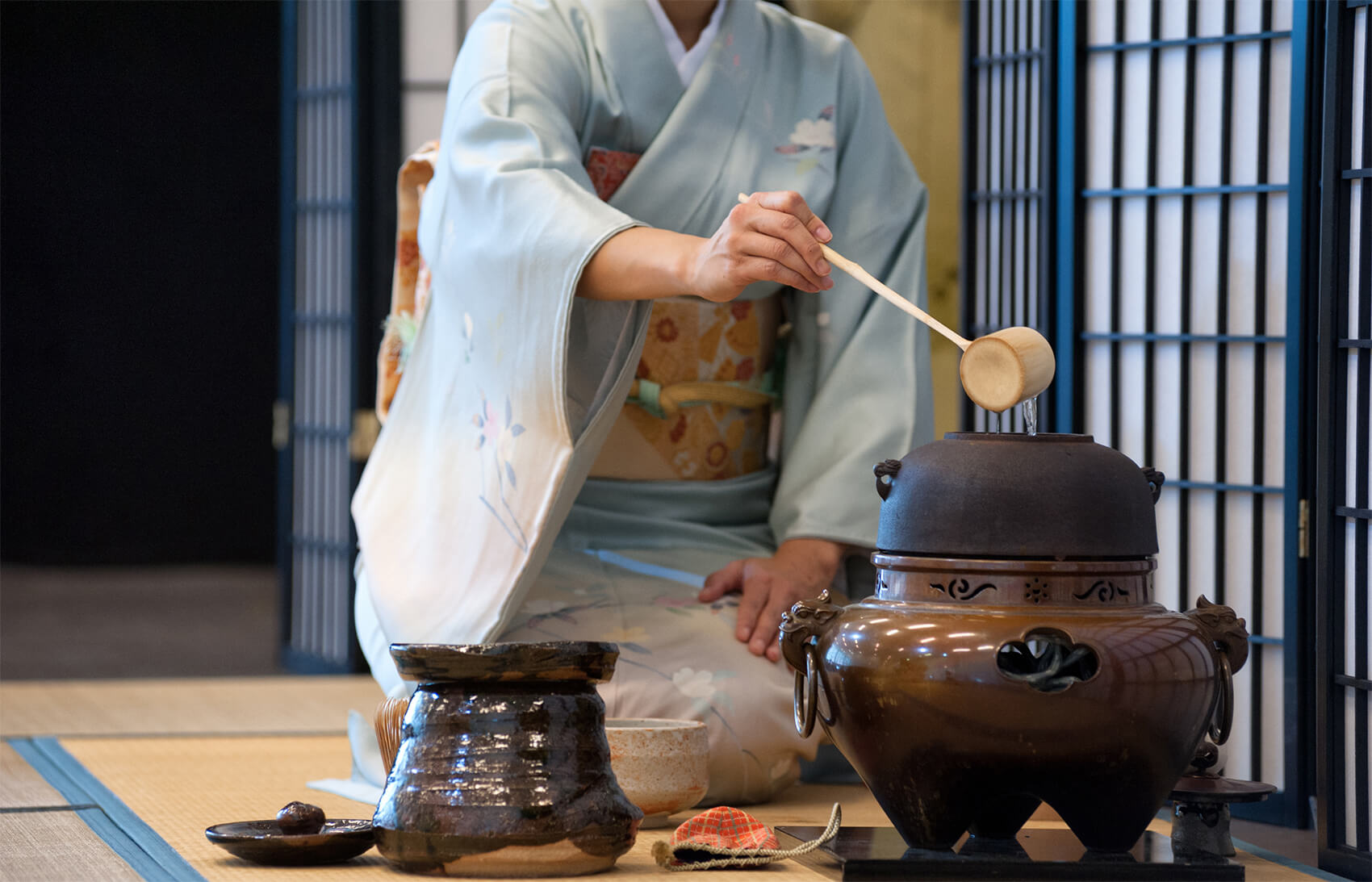
The host, or 'teishu,' meticulously measures ceremonial grade matcha, a finely powdered green tea. The host then combines it with hot water using a bamboo whisk called the 'chasen.' Each movement, from the initial scooping of the matcha to the rhythmic whisking, is a deliberate act that fosters mindfulness and intention.
Focusing on the process rather than the end result creates a unique experience. It encourages participants to be fully present in the moment. As the tea is whisked to perfection, it symbolises the transient nature of life, urging individuals to appreciate the beauty in each fleeting moment.
Central to the Japanese Tea Ceremony is the dedicated space in which it unfolds - the tea room or "chaji." The design and architecture of the tea room are crafted to foster an atmosphere of tranquillity and simplicity.
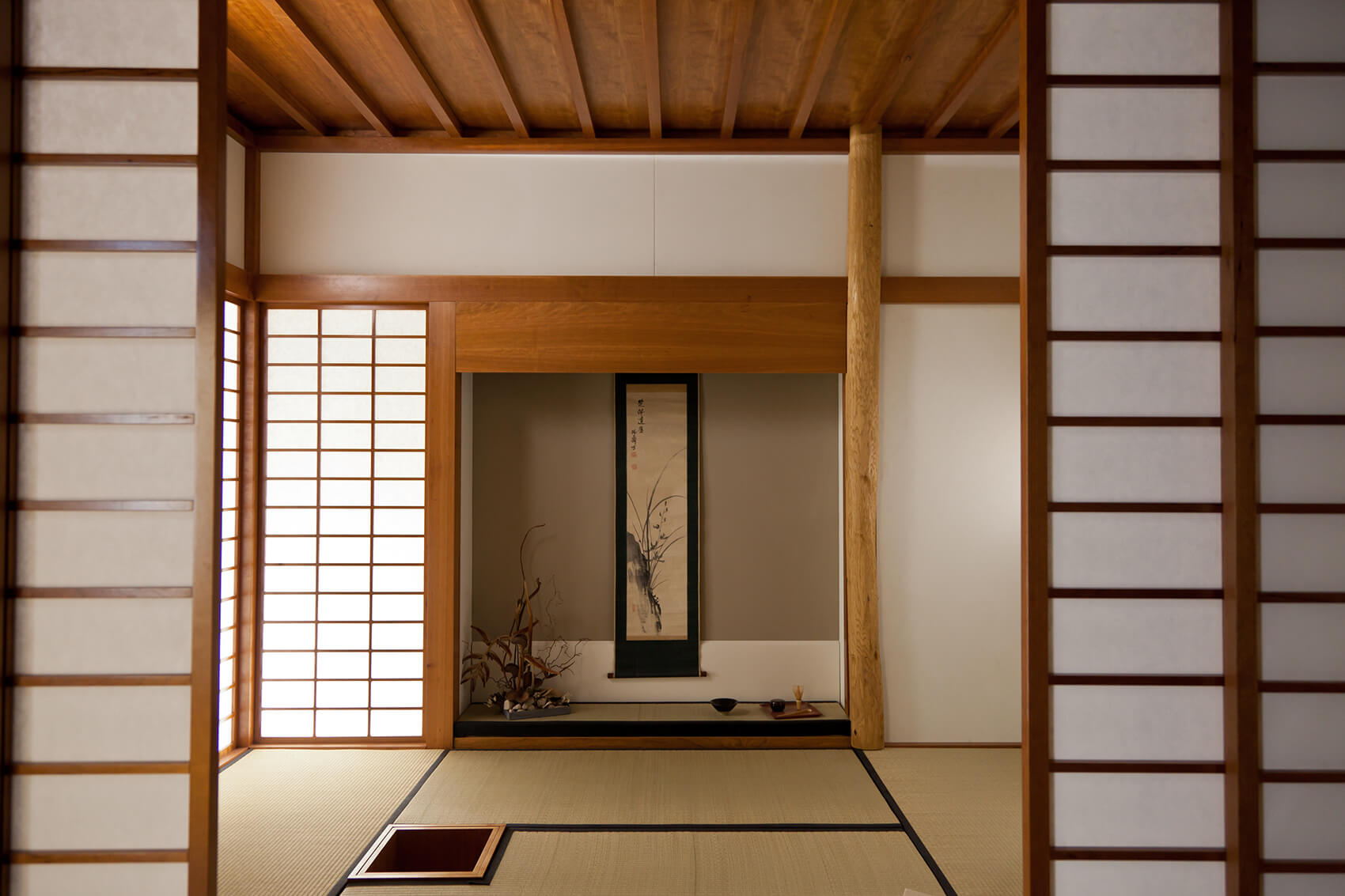
Incorporating elements such as the alcove, scroll, and hearth creates a serene environment. It encourages participants to disconnect from the outside world and immerse themselves fully in the ceremony.
The tea room serves as a microcosm of the natural world. Elements like the arrangement of flowers and the use of seasonal motifs reflect the changing seasons. This connection to nature enhances the overall experience, fostering a sense of unity with the environment.
The Japanese Tea Ceremony is distinguished by the array of meticulously crafted tools. They contribute to the aesthetics and functionality of the ritual. The "chaji," or tea set, includes essential items such as the "chakin" (tea cloth), "chasen" (bamboo whisk), "chawan" (tea bowl), and "kama" (iron pot).
The "chaji" is more than a collection of tools. It is a carefully curated ensemble that embodies the spirit of the ceremony. The textures, colours, and shapes of each item are chosen with precision to create a harmonious and visually pleasing tableau.
The utensils themselves are often considered works of art. Some of them are passed down through generations.
Ceremonial grade matcha is the focal point of the Japanese Tea Ceremony. It is a finely ground green tea powder produced from shade-grown tea leaves. This premium-grade matcha is known for its vibrant colour, smooth texture, and rich, umami flavour.
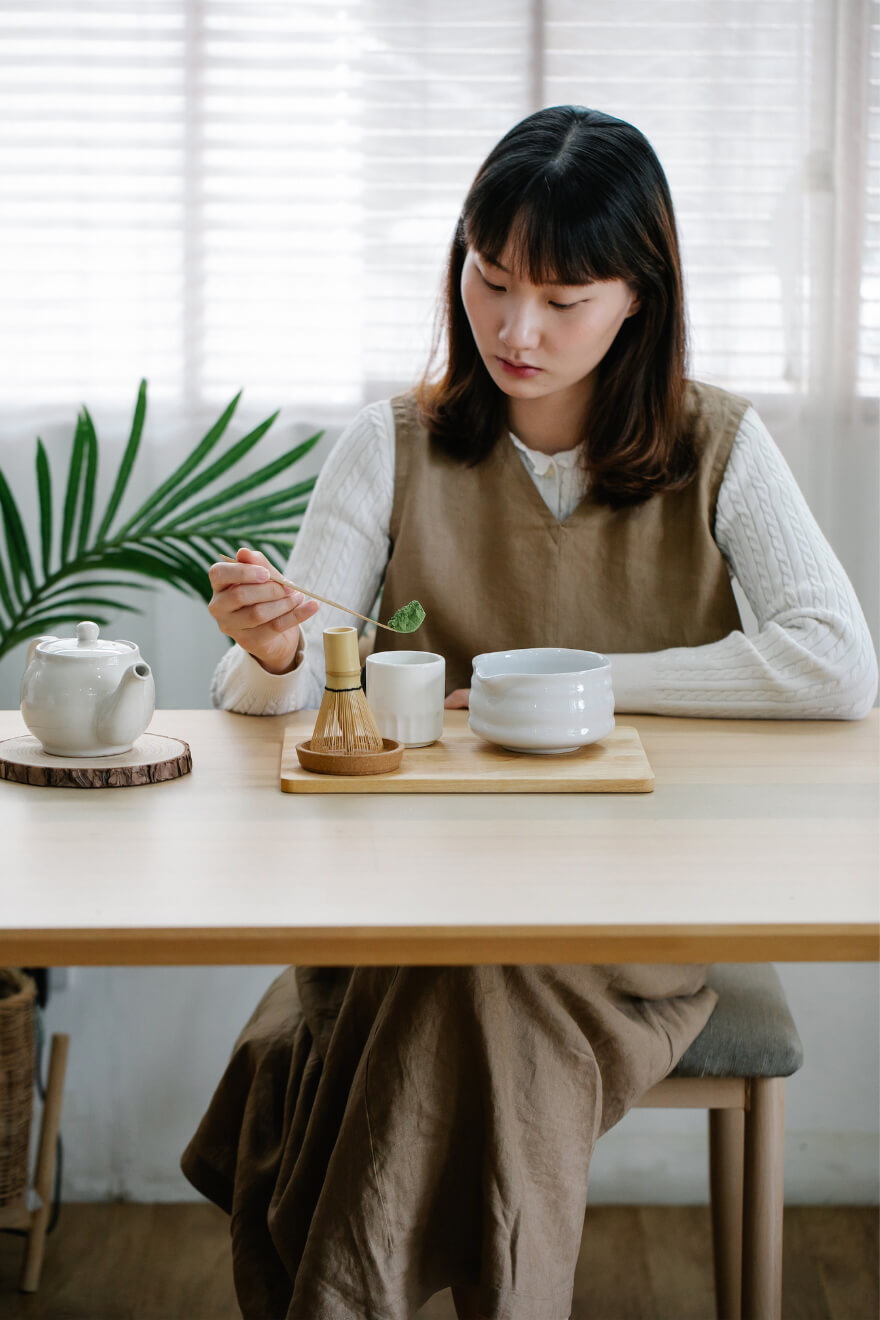
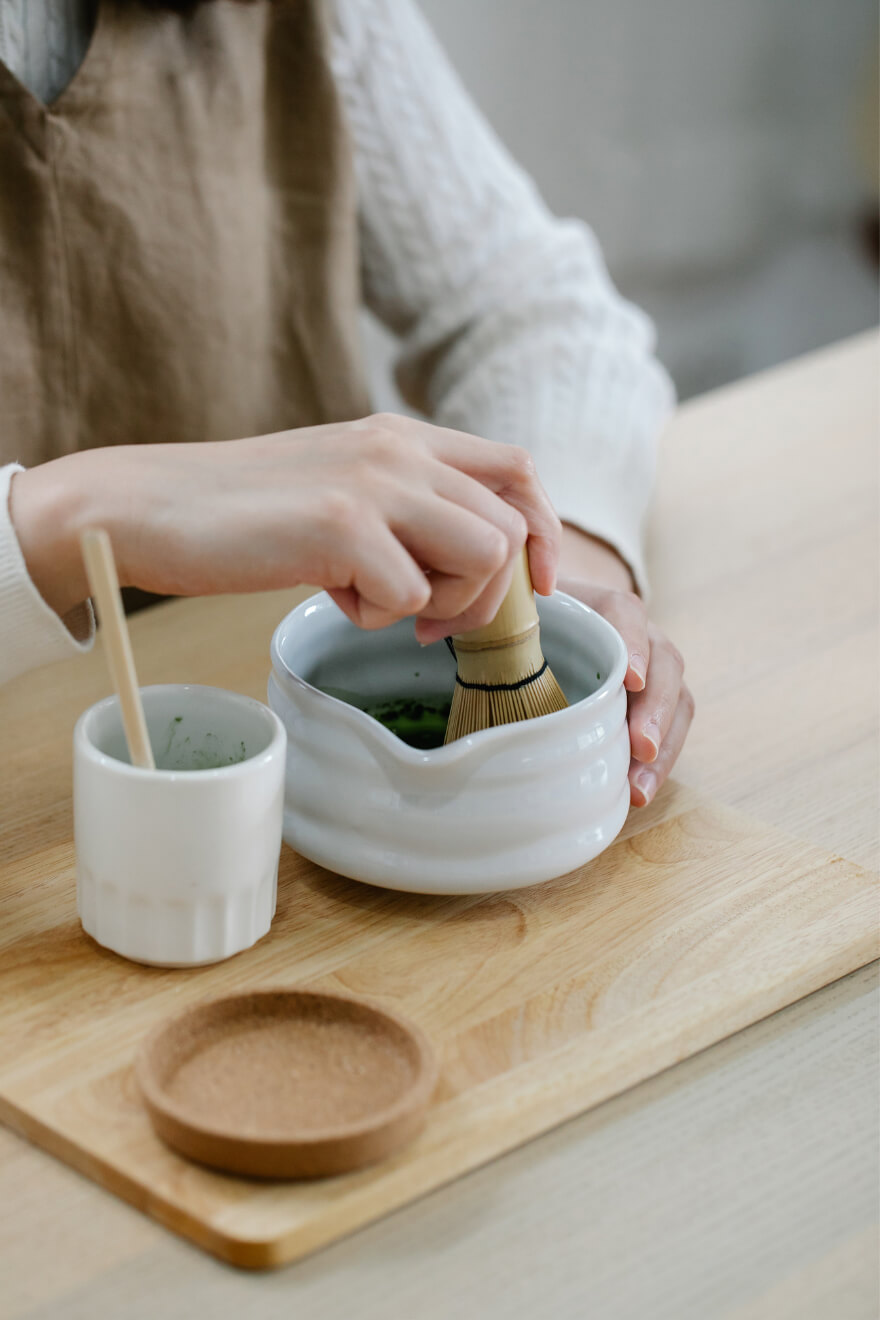
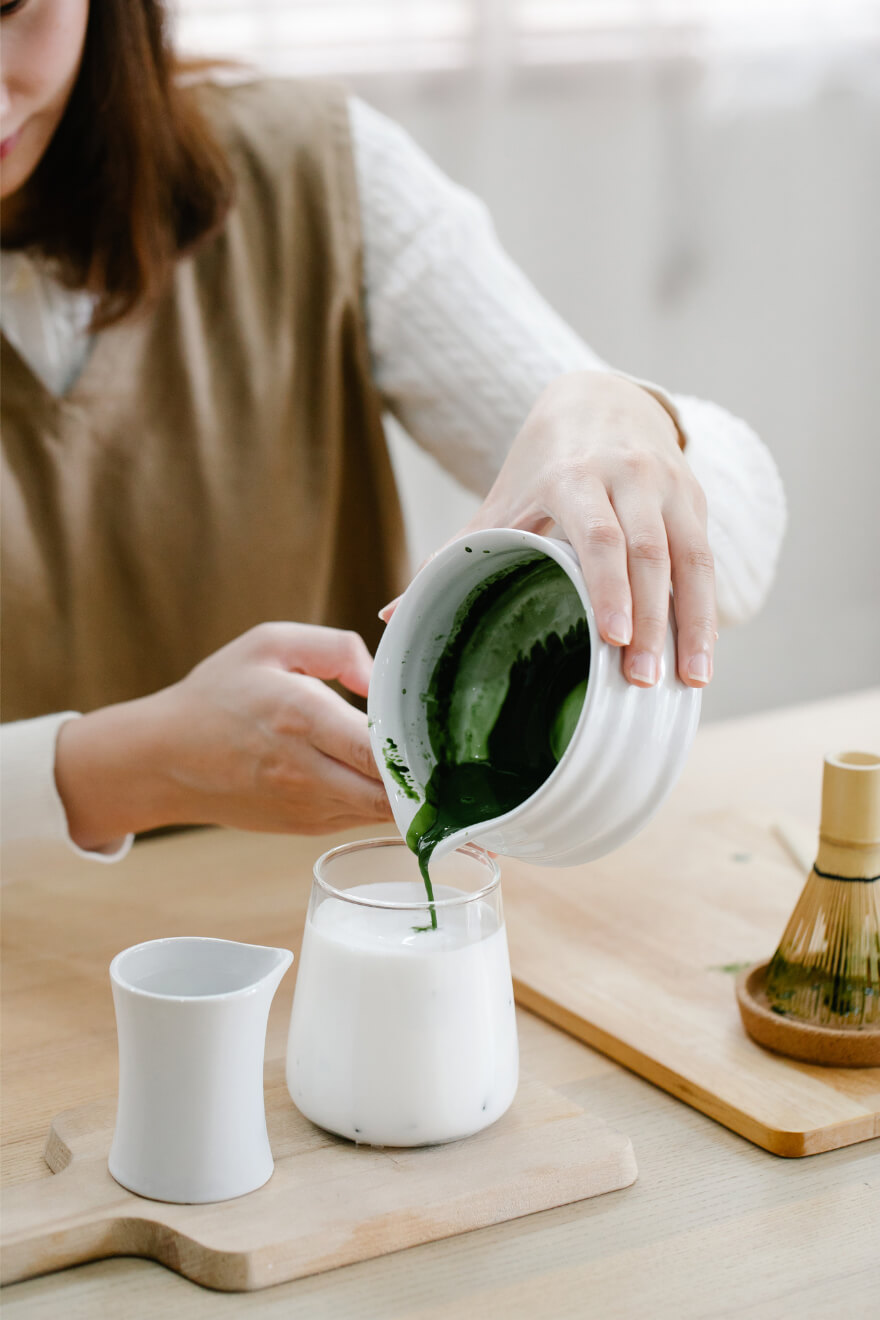
The ceremonial grade matcha is an essential ingredient and a symbol of purity and connection. Its consumption during the ceremony symbolises a shared moment of serenity and appreciation for the present.
If you are looking to buy high-quality matcha powder, please refer to our list of UK-based matcha merchants.
Japanese Tea Ceremony is about preparing tea and cultivating respect and humility. Guests, known as "kyaku," must follow specific etiquette guidelines to ensure a harmonious experience.
Upon entering the tea room, guests should bow as a sign of respect to the host and the sacred space. Throughout the ceremony, maintaining a sense of quiet reverence is crucial. Guests should appreciate the tea with gratitude, savouring each sip thoughtfully. Engaging in conversation should be minimal, allowing the participants to immerse themselves fully in the present moment.
Want to learn more about matcha? Make sure to check our Matcha Q&A to find answers to all your questions.
The Japanese Tea Ceremony is a testament to the enduring beauty of traditions that transcend centuries. It is not merely a ritual but a profound expression of mindfulness, aesthetic appreciation, and cultural heritage.
The careful arrangement of everything comes together to create an experience beyond just drinking tea. Experience the Japanese Tea Ceremony to discover Japan's essence, appreciate simplicity, and delve into the art of mindfulness.

